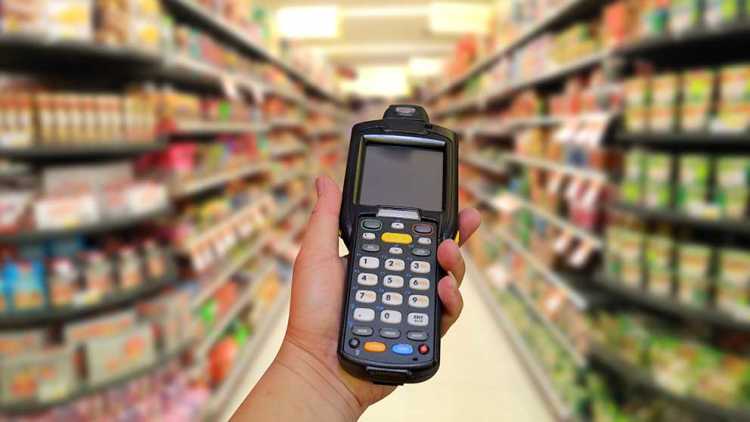How retailers determine the right price for your product

One of the biggest challenges in food retail is determining the retail price that will maximize sales and profit – and retailers and processors don’t always agree on what that is. However, there are several factors the category manager will consider when finalizing a retail price.
Determining the right retail price
Once the category manager and the processor agree on the price, the retailer applies their category margin, and this preliminary retail price will be given a reasonability test.
The first challenge is to determine if that retail price supports the category strategy. It must be reasonable compared to other branded products and control label (or private label). And if positioned as a premium product, the retail price should be higher but within range for the consumer. Relative to the other category items, it must deliver value as defined by quality and price.
Checking the competition
After the category manager is satisfied that the retail price supports the category strategy, they’ll check the competition. Retailers believe a list of higher volume or higher profile items is impressionable, which means consumers have more knowledge than usual about the item’s retail price.
For these products, retailers will focus more on keeping their retail prices competitive. If the item is impressionable and their strategy is to be competitive, they need to keep the price identical or close to their competition. If the item isn’t a top-seller, they’ll check to ensure the retail price is reasonable within the market.
Finalizing a retail price
After these assessments, the retail price will be finalized. Retailers don’t like to be told what the right price is. However, if they ask, you should provide a recommendation to justify how it maximizes sales and profit.
Category margin isn’t all profit – it also covers the operating costs of the department, store and overall business.
Producers and processors are often frustrated by the category margin retailers apply to their products. But remember, the category margin isn’t all profit – it also covers the operating costs of the department, store and overall business. Every retailer has different cost structures to cover, and the category margins for products in one store will be different from another.
For example, a discount retailer with less labour, lower shrink (products that don’t go through the cash register at the right price or at all) and lower overhead will require a lower category margin than a conventional store with more people, higher shrink with more selection and nicer fixtures and higher overhead.
That’s why producers and processors should get their products in the store and department where the required category margin will result in a retail price right for the product.
Category margins are rarely flexible
When all the retailer’s costs are factored in, the profit margin is usually single digits as a percentage of sales. Thus, retailers will not usually compromise on category margin – they want suppliers to deliver the best possible cost and support discounts to drive volume.
Article by: Peter Chapman

Learn about the 4 ratios key to understanding your financial health to help you make better business decisions – part 2 of 2.

